Table of Contents

This article is for you if you’re looking for the perfect golf course grass. I’ve gathered information about some of the most widely used and popular golf course grass species. After reading this article, you’ll learn more about the different types of natural grasses available and how to keep them healthy, pleasing to the eye, and, most importantly, safe for your golf course.
Golf Course Grasses – Things to Think About
The turf grass found on golf courses, often known as golf course grasses, significantly affects a player’s golfing experience. Golf courses use a variety of grass kinds, each of which has advantages and disadvantages. Different grass species’ ability to tolerate cold and heat varies from place to place. There are some points to consider while searching and choosing grass for a golf course, including:
- The climate of the area
- The location where it will sow grass on the golf course
- The amount of traffic that the grass can bear
- The speed at which grass can regenerate
- The type(s) of soil on the course
The grasses a golf course chooses must:
- Be able to withstand the entire temperature range in that area (heat and cold)
- Have the fortitude to endure constant foot traffic without breaking
Types of Golf Course Grasses
Bermuda
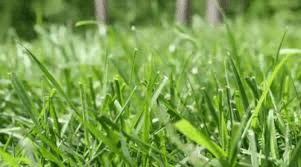
Most of the time, when elite athletes discuss grain, they reference Bermuda. They are not mistaken. Bermuda is a familiar warm-season turf in the South that is resilient, drought-tolerant, and can become gritty. However, that tendency is moderated when the grass is closely mown, as Tour professionals prefer it to be. Bermuda has a superbly solid, quick, and accurate surface in that state. As it goes on, it can also be pure playing, giving most amateurs the kind of cushion they prefer.
The problem is that more grain is visible when Bermuda expands, which can impact everything from fairway roll to putt velocity and break. When you swing faster, you might overlook the influence of grain on approach shots from the fairway. However, it cannot be disregarded on or near the greens.
Perennial Ryegrass
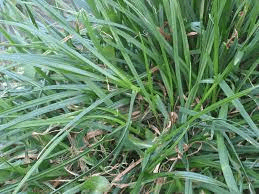
Perennial Ryegrass, a long-time favorite for usage on golf courses, can be found in almost any area with a cold summer. Perennial Ryegrass is used to overseed the Bermuda grass on the tee boxes and fairways, and it is used on the tee boxes and fairways of several Pebble Beach golf courses. Ryegrass is clumping grass rather than flowing grass and has a fine texture. For compact, hole-free turf, it must densely sow this grass.
Bentgrass
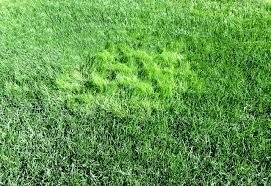
You probably play on a lot of bentgrass if you live in a state where the average annual temperature drops a little. Bentgrass turf can survive through winters on a golf course and is best suited for colder climates. One of the most crucial characteristics of bentgrass, similar to Bermuda grass, is that it may be cut very short.
Bentgrass is simple to use on greens and may be cut closely, then rolled down to provide a lot of paces. Those who don’t play golf frequently could find it challenging to grasp the idea of shortening the grass. This weekend, if you go outside and trim your grass to 12 inches, it won’t survive. The typical grass in your yard won’t hold up to being chopped so short. This is typical, and there is little you can do with your mowing abilities to help it live.
Trims Of Grass
In actuality, some grass can be trimmed shorter than others. One of those grasses is bentgrass, which explains why golf courses utilize it so frequently. There are some grasses on golf courses that appear nicer than others. Bentgrass can keep a golf course looking excellent all year long because it grows in quite a thick layer and is hardy.
Zoysia
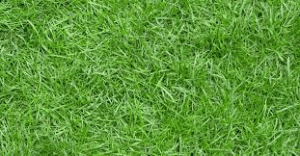
Although Zoysia has been utilized for many years throughout the United States, it has only recently begun to gain popularity on golf courses, particularly in southern states like Georgia and Florida. Warm-season grass called zoysiagrass can survive heavy traffic, heat, drought, and shade. It is evident on warm-weather golf courses with little access to water. Zoysia works well for tee boxes and fairways but is unlikely to be seen on the greens. Because of its high adaptability, Zoysia grows well in regions with erratic weather patterns.
Particularly Zoysia has several appealing characteristics, such as keeping its color longer over the winter and re-greening more quickly in the spring. Except for desert and cold western regions, Zoysia can be used in various climates. Because of its versatility, Zoysia is a well-liked option across the nation. This family grass has thick roots, forms clumps, and maintains its color well. The fine blades can be mowed to a height of 3/4 inches. On municipal courses, Zoysia is frequently employed.
Poa annua
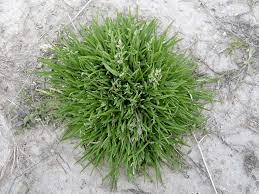
Golfers enjoy finding an excuse, and poa is frequently used as one. A frustrated golfer missing a putt and blaming the cool-season grass for it could serve as an alternative emblem for the PGA Tour. The reputation is not entirely unfounded. Poa proliferates, and its seed heads can cause bumpiness on the greens in the late afternoon, though no grass is flawless. And when Westacott discusses poa, he leans more toward its advantages.
Poa can withstand high traffic levels and low light and moist surroundings. When kept up, poa can perform as honestly as any surface. According to Westacott, the greens at Winged Foot are poa. And you won’t find any better putting surfaces than them. Poa is the primary strain on the renowned greens at Oakmont and is also present at Pebble.
Fescue Grass
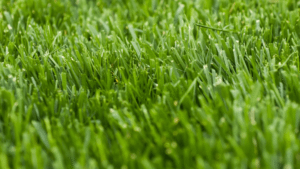
After all, Fescue is links golf’s preferred grass, and it grows in those unmowed patches of native grass you’d like not. On the other hand, Fescue works splendidly as short grass, making it ideal for use in various settings, including fairways, greens, and tees. It’s a favorite among course managers since upkeep is a breeze.
As it grows slowly, it can last longer between cuttings than most other types of grass. It’s also more water-efficient. Purists favor this type of playing surface because it mimics the challenging, bouncy conditions that come to mind when thinking about golf on the other side of the Atlantic.
End note
This article presented the introduction of Golf Course Grasses and their 5 best types. It also provides information about factors to be considered before selecting the grass type for the golf course. With this knowledge, you should better understand the many kinds of golf course grasses you could encounter on the course.
